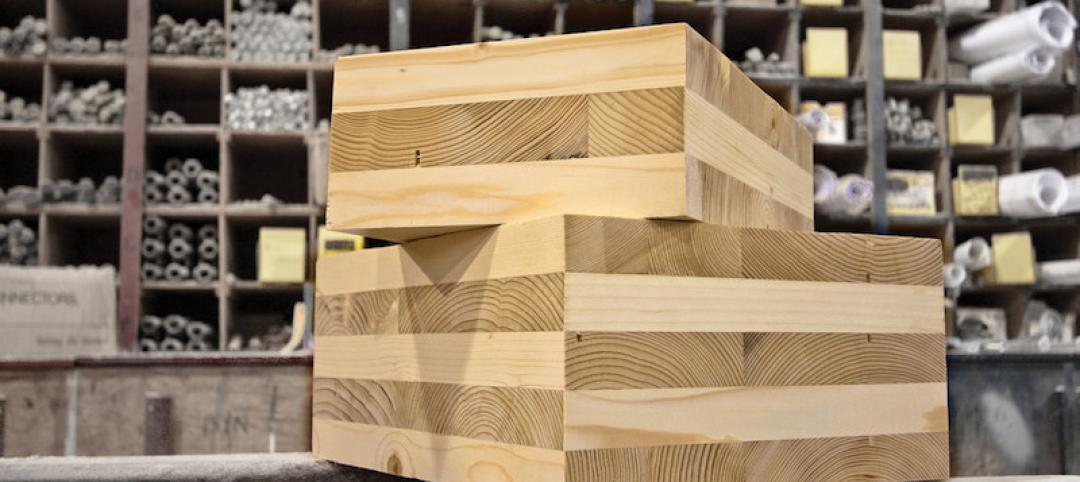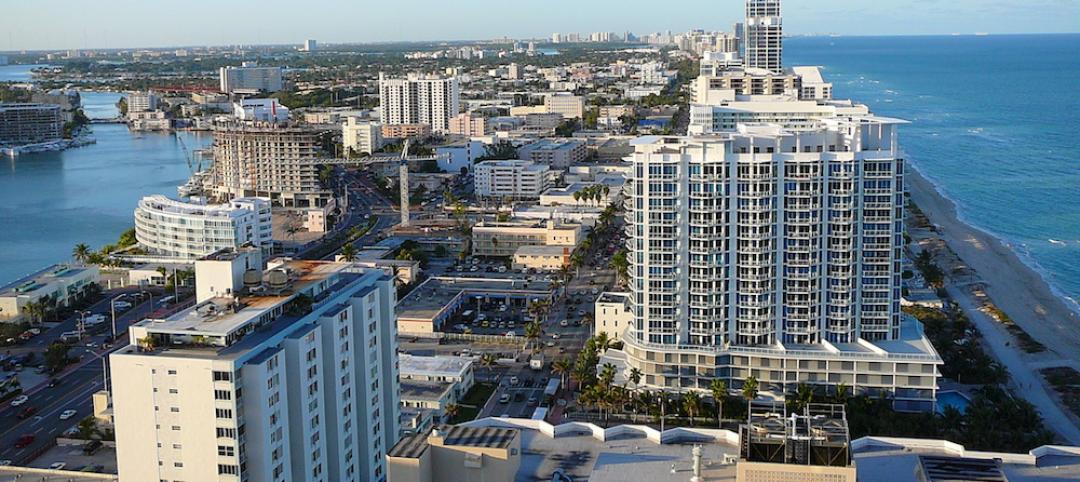Analysis after major California wildfires revealed acutely toxic and carcinogenic pollutants within drinking water systems making it unsafe to use even after treatment.
Scientists suspect toxic chemicals originated from a combination of burning vegetation, structures, and plastic materials. Chemicals in the air may have also been sucked into hydrants as water pipes lost pressure, and water system plastics decomposed and leached chemicals into water. Toxic chemicals then spread throughout pipe networks and into buildings.
Codes that require builders to install fire-resistant meter boxes and place them farther from vegetation could prevent infrastructure from burning so readily. Concrete meter boxes and water meters with minimal plastic components would be less likely to ignite.
One-way backflow prevention valves at each meter can prevent contamination rushing out of damaged buildings into the larger buried pipe network. Water main shutoff valves and water sampling taps at every water meter box could help responders quickly determine water safety.
Related Stories
Legislation | Aug 10, 2016
Calif. bill would speed up environmental lawsuits on certain projects
A nine-month limit has been proposed for some $100 million-plus projects.
Resiliency | Aug 10, 2016
White House pushes for better finance strategies for disaster mitigation and resilience
The move highlights innovative insurance, mortgage, tax, and finance-based strategies.
Regulations | Aug 9, 2016
New trend eases parking requirements for U.S. cities
Transit-oriented development and affordable housing are spurring the movement.
Regulations | Aug 8, 2016
EPA toughens rules to reduce formaldehyde exposure from composite wood products
Products will now have to be labeled as compliant to the new rules.
Regulations | Aug 5, 2016
Stop-work orders in New York City up sharply this year
The orders come after a rise in the number of deadly accidents that have occurred in the past few years.
Sustainability | Aug 4, 2016
S.F. Bay Area voters approve first-of-its-kind tax to fight impact of climate change
The funds from the tax will be used to restore wetlands
Concrete | Aug 2, 2016
Concrete Association builds case against cross-laminated timber
The campaign asserts that not enough is known about CLT in construction
Seismic Design | Jul 28, 2016
Risk of man-made earthquakes now factor in seismic hazard analysis
Significant risk increases seen in some areas of the U.S.
Resiliency | Jul 27, 2016
New York’s resilience plans not taking long-term view, critics charge
Continued waterfront development may be regretted later this century.
Green Specifications | Jul 26, 2016
New Miami Beach law requires LEED certification on projects larger than 7,000 sf
LEED Silver the prescribed standard on buildings larger than 50,000 sf.















